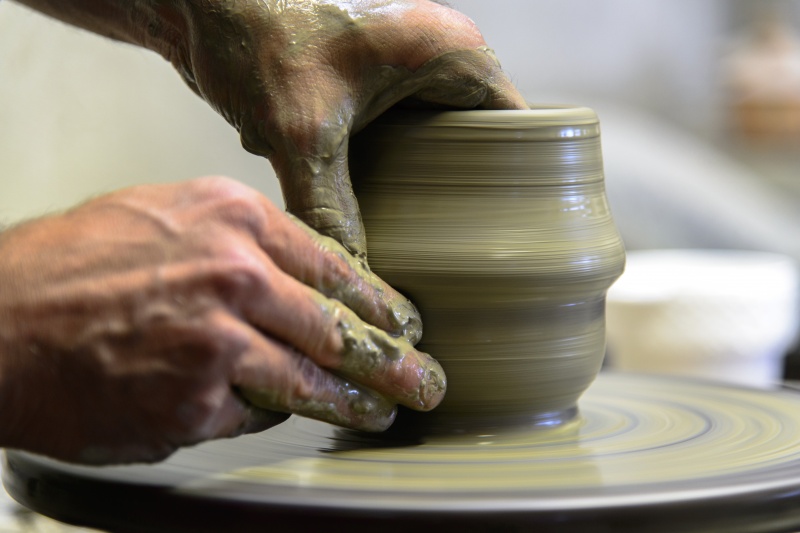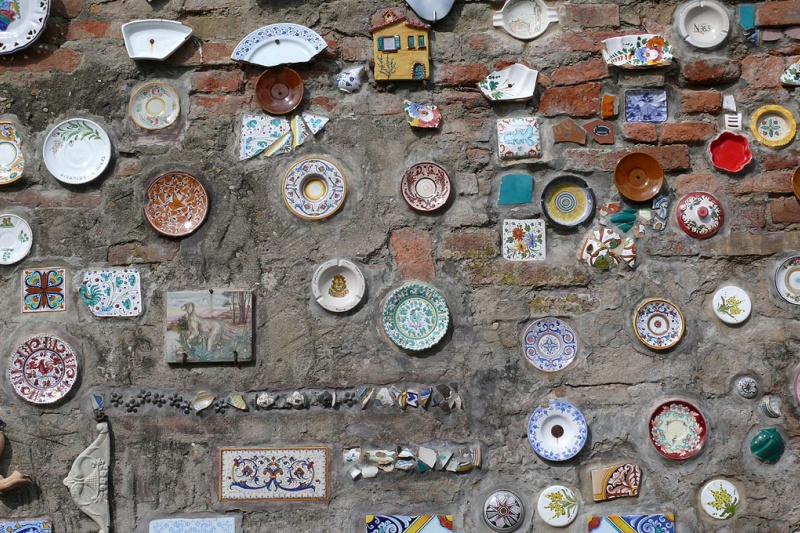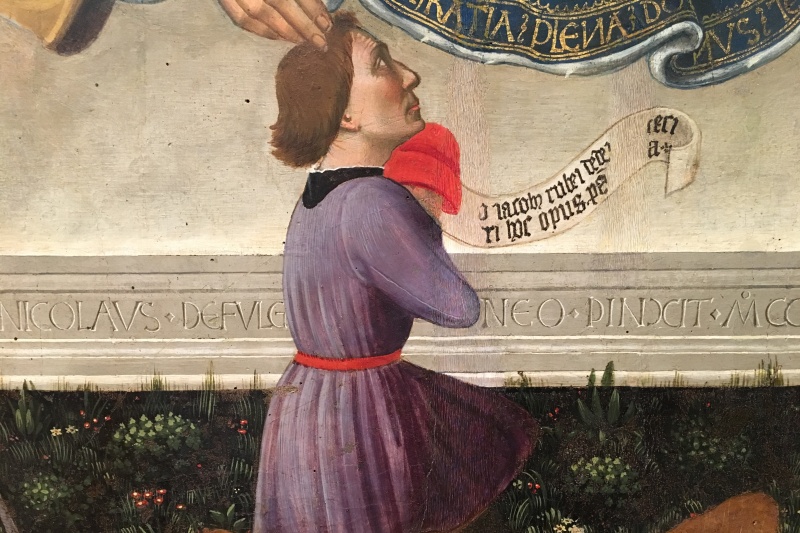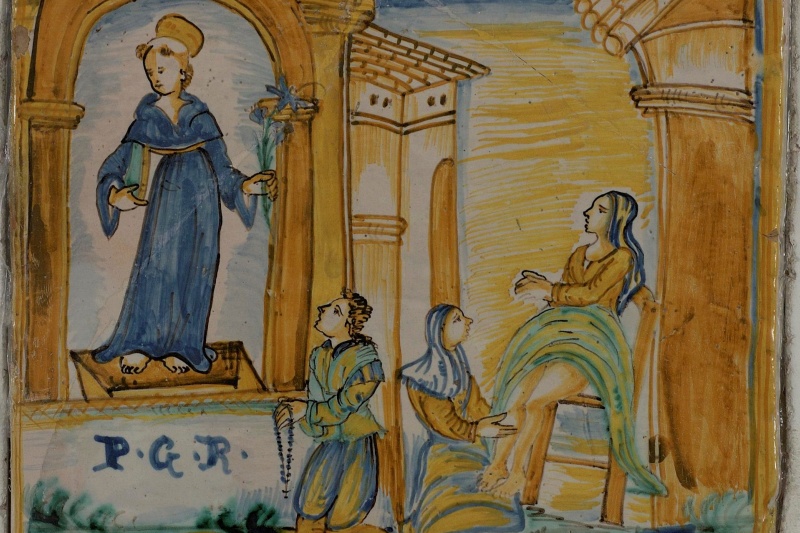Deruta is a potters town, one of the “Borghi più Belli d’Italia”. In each corner one thousand reflections of its ceramic objects surprise the visitors.
A long silence envelops the history of Deruta at least until the year 1040, when the name appears for the first time in the documents of the Abbey of Farfa in Sabina. One may think, therefore, of a great historical shipwreck, with the only thing surviving being an ominously significant name: Deruta (Latin diruta, “ruined”). The origin of the name appears to be connected with the fleeing of the Perugians in 40 B.C. from their city which had been destroyed and their settling on this hill, which took the name of “Perugia Vecchia” (“Old Perugia”), a name still used today for a hill above Deruta. The homophony of the word “ruta” must have sparked the imagination of the people of Deruta, who chose the ruta (rue) as their emblem, as can be seen in the town’s coat of arms, where a rue plant is on top of the crenellated tower, alongside the crowned griffin of Perugia.
The oldest document regarding Deruta ceramics dates back to 1277 and is about the production of bricks: on March 30, 1277, the Commune of Perugia issued a call for bids for the supply of one hundred thousand bricks for paving the city streets according to the dimensions and the quality of the bricks of Deruta. A document from 1282 states that on the occasion of the feast of St. Herculanus, the administrators of the aqueduct of Perugia requested a supply of jugs from a Deruta potter. The register of the census of the Perugia cathedral documents that, since 1290, the church of San Nicolò in Deruta paid its annual tax with a “load of pottery” instead of money.
The ceramic art is everywhere and everything here is a surprise.
DON’T LOSE
- Regional Ceramics Museum and Picture Gallery
- The ancient Kilns of San Salvatore
- Workshops for children and adults
- Specialized Museum Library
- The Church of San Francesco
- The Church of Sant’Antonio Abate
- Ancient kilns tour in the historic centre
- The Foundation “Ceramica Contemporanea d’Autore Alviero Moretti”
- The Museum of Grazia Factory
- A visit in the local factories where you can see all the pottery-making process
- The Sanctuary “Madonna del Bagno”
- A break in the restaurants to enjoy the typical Umbrian recipes
-

-
The town of the potters
A Village of Potters. Everything in the village talks about the ceramic art.
Discover


